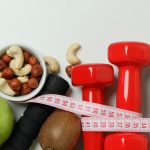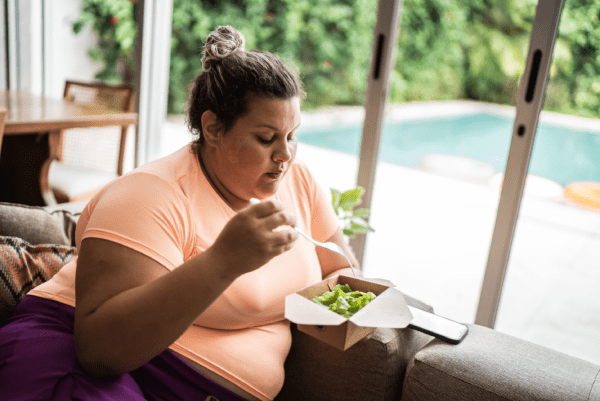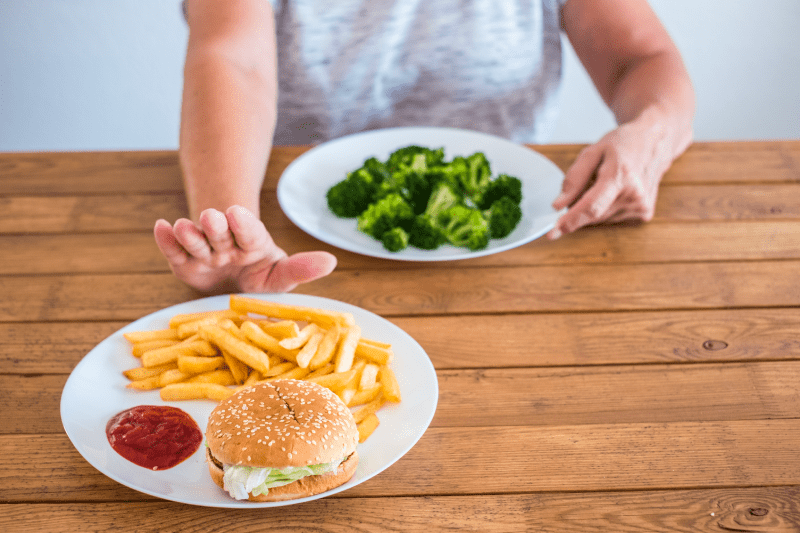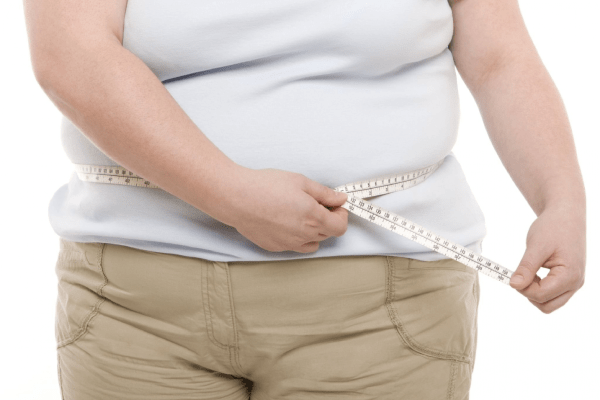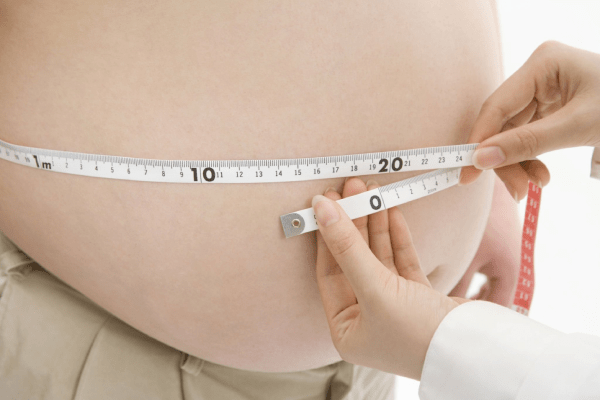All About Ketogenic Diet

Keto basics
A veritably low carb, high fat diet, the ketogenic diet is similar to the Atkins and low carb diets in numerous ways. It entails significantly lowering karbohydrate input and substituting fat for it. Your body enters a metabolic condition known as ketosis as a result of this carbohydrate restriction. Your body becomes largely effective at burning fat for energy when this occurs. also, it causes the liver to produce ketones from fat, which the brain can use as energy. Blood sugar and insulin situations can be significantly reduced by ketogenic diets. This has colorful health advantages in addition to the elevated ketones.
Different types of ketogenic diets
- Standard ketogenic diet (SKD): This is a very low carb, moderate protein and high fat diet. It typically contains 70% fat, 20% protein, and only 10% carbs.
- Cyclical ketogenic diet (CKD): This diet involves periods of higher carb refeeds, such as 5 ketogenic days followed by 2 high carb days.
- Targeted ketogenic diet (TKD): This diet allows you to add carbs around workouts.
- High protein ketogenic diet: This is similar to a standard ketogenic diet, but includes more protein. The ratio is often 60% fat, 35% protein, and 5% carbs.
However, only the conventional and high-protein ketogenic diets have undergone in-depth research. Bodybuilders and athletes choose to utilize cyclical or targeted ketogenic diets as these are more sophisticated approaches. Although many of the same principles also apply to the other variations, the majority of the information in this article focuses on the standard ketogenic diet.
What is ketosis?
When your body is in ketosis, it switches from using carbohydrates as energy to using fat as energy. It happens when you drastically cut back on carbohydrates, which restricts your body’s capability to produce glucose( sugar), the primary source of energy for cells. The stylish strategy to start ketosis is to follow a ketogenic diet. generally, this entails keeping your diurnal carb input between 20 and 50 grams and loading up on good fats like those set up in meat, fish, eggs, nuts, and seeds.
It’s also pivotal to limit your protein input. This is because if you take large quantities of protein, it can be turned into glucose and may delay the onset of ketosis.
You might enter ketosis more snappily if you exercise intermittent fasting. There are numerous other ways to gormandize intermittently, but the most popular one entails eating just for around eight hours a day and fasting for the other sixteen.
There are tests for blood, urine, and breath that can measure the body’s product of ketones to help identify whether you ’ve reached ketosis. Increased thirst, dry mouth, frequent urination, and dropped hunger or appetite are some signs that you may have entered ketosis.
Ketogenic diets can help you lose weight
A ketogenic diet is a important tool for reducing weight and complaint threat factors. In fact, studies suggest that the ketogenic diet may be just as successful in helping people lose weight as a low- fat diet. likewise, the diet is so satisfying that you can lose weight without keeping track of your food consumption or monitoring calories.
A veritably low carb, ketogenic diet was set up to be hardly more successful for long- term weight loss than a low fat diet in one review of 13 exploration. The average weight loss of those who followed the ketogenic diet was 2 pounds(0.9 kg) advanced than that of those who followed a low- fat diet. also, it redounded with drops in lipid and diastolic blood pressure. Another exploration of Increased ketones, reduced blood sugar, and enhanced insulin perceptivity might all be important contributors.
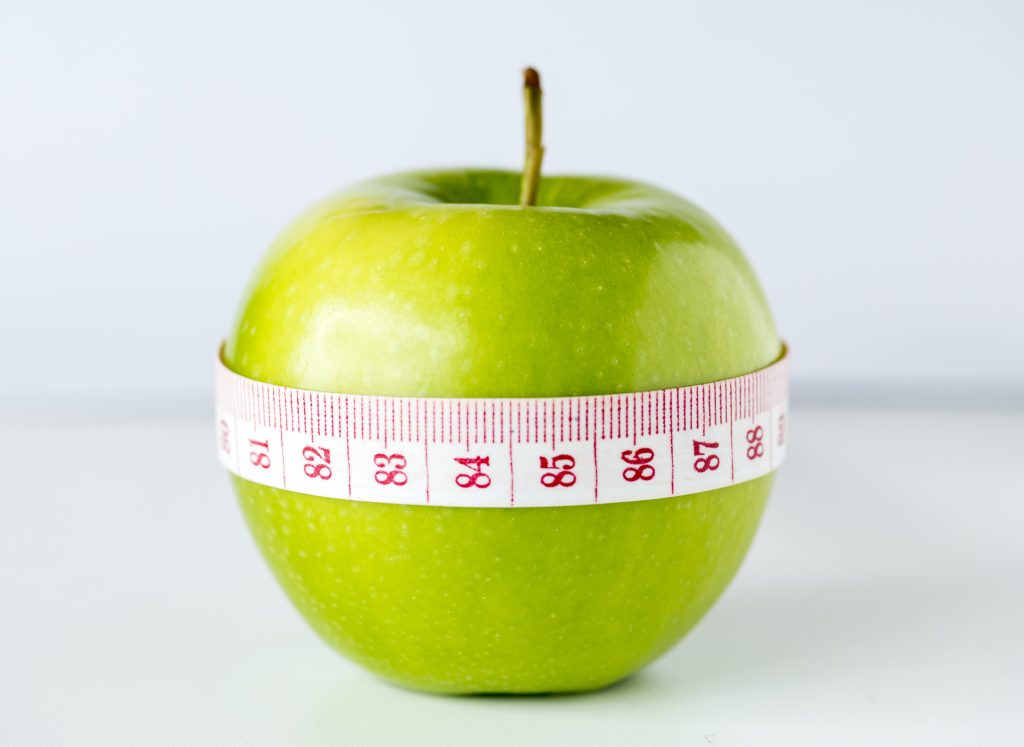
Ketogenic diets for diabetes and prediabetes
differences in metabolism, elevated blood sugar situations, and dropped insulin exertion are characteristics of diabetes. You can reduce your body fat by following a ketogenic diet. redundant body fat has been linked to metabolic pattern, type 2 diabetes, and prediabetes. According to a former study, the ketogenic diet significantly increased insulin perceptivity by 75. Following a ketogenic diet for 90 days dramatically dropped hemoglobin A1C situations, a marker of long- term blood sugar control, according to a small exploration in women with type 2 diabetes.
In a different study of 349 individualities with type 2 diabetes, it was discovered that those who stuck to a ketogenic diet lost an normal of26.2 pounds(11.9 kg) over the course of two times. When taking into account the relationship between type 2 diabetes and weight, this is a significant benefit. also, they had better control over their blood sugar, and during the course of the trial, smaller cases used particular blood sugar medicines.
Other health benefits of keto
Actually, the ketogenic diet was first used to treat neurological conditions like epilepsy. Recent research has demonstrated that the diet can help a wide range of medical conditions:
- Heart disease. The ketogenic diet can help improve risk factors like body fat, HDL (good) cholesterol levels, blood pressure, and blood sugar.
- Cancer. The diet is currently being explored as an additional treatment for cancer, because it may help slow tumor growth.
- Alzheimer’s disease. The keto diet may help reduce symptoms of Alzheimer’s disease and slow its progression.
- Epilepsy. Research has shown that the ketogenic diet can cause significant reductions in seizures in epileptic children.
- Parkinson’s disease. Although more research is needed, one study found that the diet helped improve symptoms of Parkinson’s disease.
- Polycystic ovary syndrome. The ketogenic diet can help reduce insulin levels, which may play a key role in polycystic ovary syndrome.
- Brain injuries. Some research suggests that the diet could improve outcomes of traumatic brain injuries
Foods to avoid
Here’s a list of foods that need to be reduced or eliminated on a ketogenic diet:
- sugary foods: soda, fruit juice, smoothies, cake, ice cream, candy, etc.
- grains or starches: wheat-based products, rice, pasta, cereal, etc.
- fruit: all fruit, except small portions of berries like strawberries
- beans or legumes: peas, kidney beans, lentils, chickpeas, etc.
- root vegetables and tubers: potatoes, sweet potatoes, carrots, parsnips, etc.
- low fat or diet products: low fat mayonnaise, salad dressings, and condiments
- some condiments or sauces: barbecue sauce, honey mustard, teriyaki sauce, ketchup, etc.
- unhealthy fats: processed vegetable oils, mayonnaise, etc.
- alcohol: beer, wine, liquor, mixed drinks
- sugar-free diet foods: sugar-free candies, syrups, puddings, sweeteners, desserts, etc.
Foods to eat
You should base the majority of your meals around these foods:
- meat: red meat, steak, ham, sausage, bacon, chicken, and turkey
- fatty fish: salmon, trout, tuna, and mackerel
- eggs: pastured or omega-3 whole eggs
- butter and cream: grass-fed butter and heavy cream
- cheese: unprocessed cheeses like cheddar, goat, cream, blue, or mozzarella
- nuts and seeds: almonds, walnuts, flaxseeds, pumpkin seeds, chia seeds, etc.
- healthy oils: extra virgin olive oil, and avocado oil
- avocados: whole avocados or freshly made guacamole
- low carb veggies: green veggies, tomatoes, onions, peppers, etc.
- condiments: salt, pepper, herbs, and spices
A sample keto meal plan for 1 week
Monday
- breakfast: veggie and egg muffins with tomatoes
- lunch: chicken salad with olive oil, feta cheese, olives, and a side salad
- dinner: salmon with asparagus cooked in butter
Tuesday
- breakfast: egg, tomato, basil, and spinach omelet
- lunch: almond milk, peanut butter, spinach, cocoa powder, and stevia milkshake (more keto smoothies here) with a side of sliced strawberries
- dinner: cheese-shell tacos with salsa
Wednesday
- breakfast: nut milk chia pudding topped with coconut and blackberries
- lunch: avocado shrimp salad
- dinner: pork chops with Parmesan cheese, broccoli, and salad
Thursday
- breakfast: omelet with avocado, salsa, peppers, onion, and spices
- lunch: a handful of nuts and celery sticks with guacamole and salsa
- dinner: chicken stuffed with pesto and cream cheese, and a side of grilled zucchini
Friday
- breakfast: sugar-free Greek, whole milk yogurt with peanut butter, cocoa powder, and berries
- lunch: ground beef lettuce wrap tacos with sliced bell peppers
- dinner: loaded cauliflower and mixed veggies
Saturday
- breakfast: cream cheese pancakes with blueberries and a side of grilled mushrooms
- lunch: Zucchini and beet “noodle” salad
- dinner: white fish cooked in olive oil with kale and toasted pine nuts
Sunday
- breakfast: fried eggs with and mushrooms
- lunch: low carb sesame chicken and broccoli
- dinner: spaghetti squash Bolognese
As each type of food offers unique nutrients and health advantages, it is always advisable to cycle the veggies and meat over an extended period of time.

Healthy keto snacks
In case you get hungry between meals, here are some healthy, keto-approved snacks:
- fatty meat or fish
- cheese
- a handful of nuts or seeds
- keto sushi bites
- olives
- one or two hard-boiled or deviled eggs
- keto-friendly snack bars
- 90% dark chocolate
- full-fat Greek yogurt mixed with nut butter and cocoa powder
- bell peppers and guacamole
- strawberries and plain cottage cheese
- celery with salsa and guacamole
- beef jerky
- smaller portions of leftover meals
- fat bombs
Keto tips and tricks
Although the ketogenic diet can be difficult, there are some tips to make it easy. Thanks to these tips, you too can start the ketogenic diet;
- To find out how your favorite meals fit into your diet, start by reading food labels and looking at the grams of fat, carbohydrates, and fiber.
- Organizing your meals in advance can also be helpful and provide you some more time throughout the week.
- You may find meal plans and recipes that are keto-friendly on a variety of websites, food blogs, apps, and cookbooks.
- For a quick and simple method to eat keto meals at home, some meal delivery services even provide keto-friendly selections.
- When you’re pressed for time, look into healthy frozen keto meals.
- You might also think about bringing your own meals when attending social events or visiting family and friends, as this can make it much simpler to limit calories.
Tips for eating out on a ketogenic diet
You can make a lot of restaurant dishes keto-friendly. Most restaurants serve some type of cuisine that is centered on meat or fish. Order this and add more vegetables in place of any high-carb meal. Egg-based dishes, such an omelet or eggs and bacon, are another excellent choice. Burgers without buns are another favorite. Alternatively, you might substitute vegetables for the fries. Add more bacon, cheese, eggs, avocado, or cheese. Any type of meat can be ordered at Mexican restaurants with extra cheese, guacamole, salsa, and sour cream. Request a mixed cheese platter or berries and cream for dessert.
Side effects and how to minimize them
Although the majority of healthy individuals find the ketogenic diet to be safe, there may be some early adverse effects while your body adjusts.
These side effects, sometimes known as the keto flu, have some anecdotal support. According to accounts from some eating plan participants, it normally ends after a few days.
Diarrhea, constipation, and vomiting have all been listed as symptoms of the keto flu. Other, less typical signs and symptoms are:
- poor energy and mental function
- increased hunger
- sleep issues
- nausea
- digestive discomfort
- decreased exercise performance
For the first few weeks, you can try a typical low-carb diet to reduce this. This could train your body to burn fat more efficiently before you cut off all carbohydrates. Adding more salt to your meals or taking mineral supplements may be helpful because a ketogenic diet can also alter the water and mineral balance of your body. Consult your doctor about your dietary requirements. It’s crucial to eat until you’re satisfied and to refrain from cutting calories excessively, at least at first. A ketogenic diet typically results in weight loss without purposeful calorie limitation.
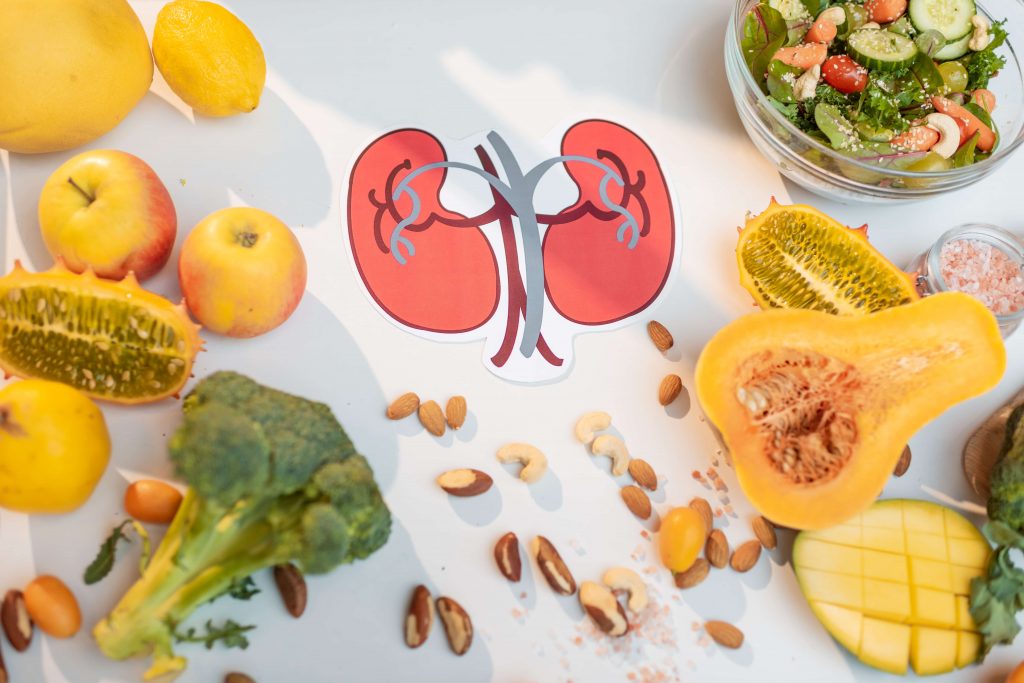
Risks of the keto diet
Long-term use of the ketogenic diet may have several drawbacks, including risks of:
- low protein in the blood
- extra fat in the liver
- kidney stones
- micronutrient deficiencies
For those with type 2 diabetes, sodium-glucose cotransporter 2 (SGLT2) inhibitors can raise the risk of diabetic ketoacidosis, a potentially fatal illness that raises blood acidity. The ketogenic diet should be avoided by anyone using this medication. To determine the long-term safety of the ketogenic diet, more study is being conducted. To help you make decisions, let your doctor know about your eating schedule.
Supplements for a ketogenic diet
Although no supplements are required, some can be useful.
- MCT oil. Added to drinks or yogurt, MCT oil provides energy and helps increase ketone levels.
- Minerals. Added salt and other minerals can be important when starting out due to shifts in water and mineral balance.
- Caffeine. Caffeine can have benefits for energy, fat loss, and performance.
- Exogenous ketones. This supplement may help raise the body’s ketone levels.
- Creatine. Creatine provides numerous benefits for health and performance. This can help if you are combining a ketogenic diet with exercise.
- Whey. Use half a scoop of whey protein in shakes or yogurt to increase your daily protein intake.
Frequently asked questions
1. Can I ever eat carbs again?
Yes. To start, you should drastically cut back on your carbohydrate intake. You can indulge in carbs on rare occasions after the first two to three months; just get back on the diet right afterwards.
2. Will I lose muscle?
Any diet carries the chance of causing some muscle loss. However, if you lift weights, a high protein diet and high ketone level may assist reduce muscle loss.
3. Can I build muscle on a ketogenic diet?
Yes, however it might not be as effective as on a diet high in moderate carbs. Read this page for additional information regarding low-carb or ketogenic diets and exercise performance.
4. How much protein can I eat?
A modest amount of protein is advised because a very high consumption can raise insulin levels and reduce ketones. The top limit is probably around 35% of total calorie intake.
5. What if I am constantly tired, weak, or fatigued?
You could not be fully ketotic or effectively using fats and ketones. Reduce your carb consumption and go over the points above to combat this. Supplements such as MCT oil or ketones may be beneficial.
6. My urine smells fruity. Why is this?
Don’t be alarmed. This is simply due to the excretion of by-products created during ketosis.
7. My breath smells. What can I do?
This adverse consequence is typical. Water with natural flavors is a good option, as is sugar-free gum.
8. I heard ketosis was extremely dangerous. Is this true?
People frequently mix up ketosis and ketoacidosis. While ketosis during a ketogenic diet is typically safe for healthy individuals, ketoacidosis is harmful. Before beginning any new diet, consult your doctor.
9. I have digestion issues and diarrhea. What can I do?
After three to four weeks, this typical adverse effect usually disappears. Try consuming additional high-fiber vegetables if it persists.



